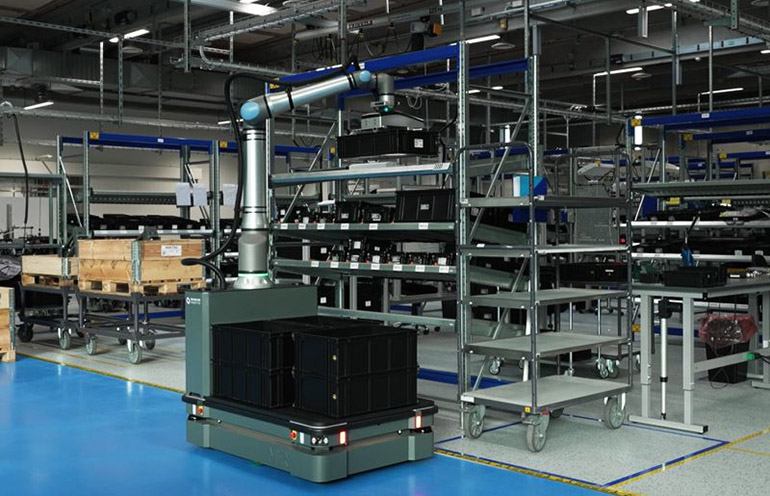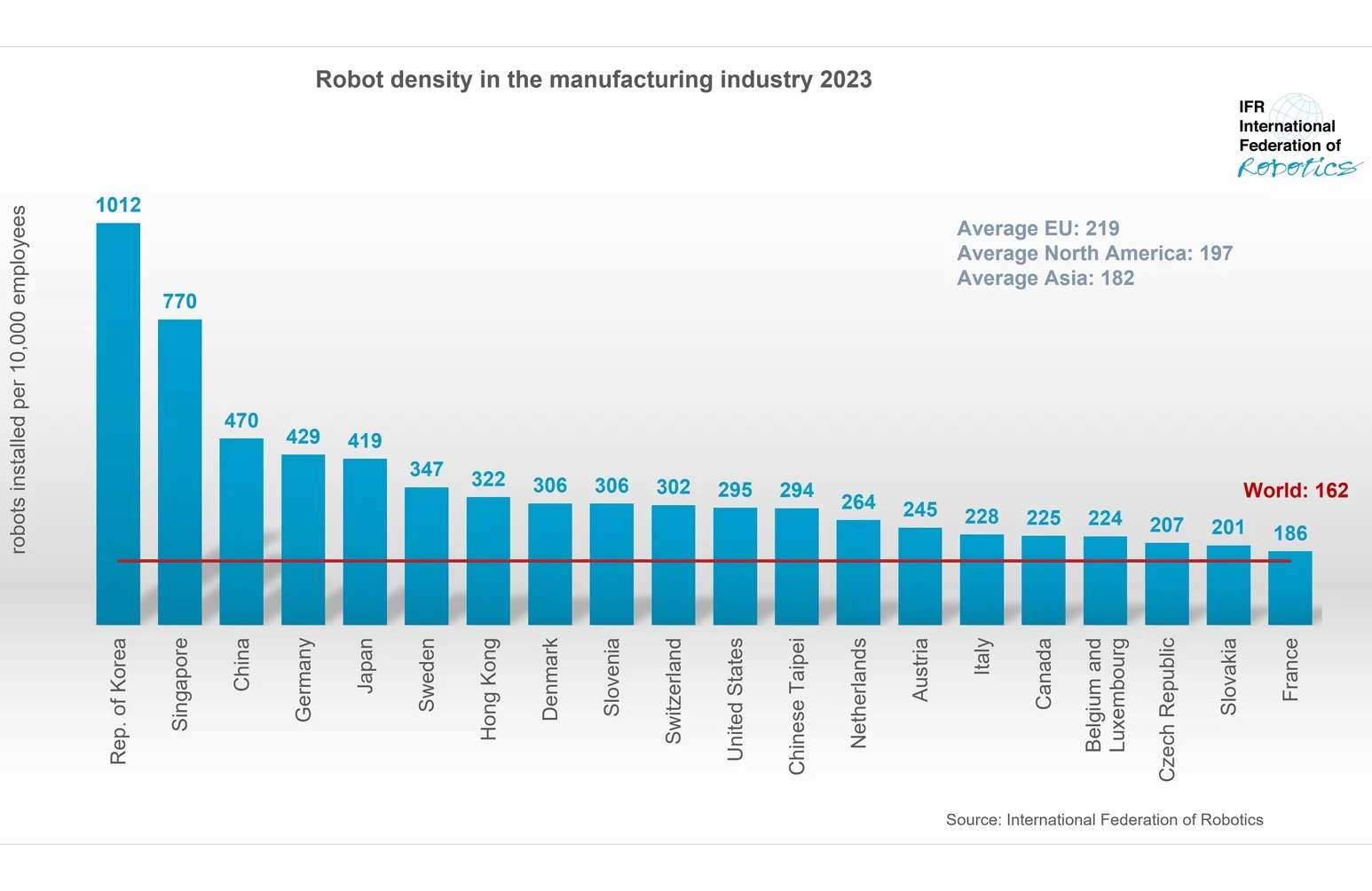
SiLC in October released four versions of Eyeonic optimized for AI and machine vision applications. Source: SiLC Technologies
Sensors are continuing to advance for safer mobility. SiLC Technologies Inc. today announced that Honda Xcelerator Ventures has invested in its development of next-generation frequency-modulated continuous wavy, or FMCW, lidar.
“SiLC is the industry leader in the research and development of FMCW lidar, which is capable of detecting vehicles and various obstacles from long distances, and Honda has high expectations for its potential,” stated Manabu Ozawa, managing executive officer of Honda Motor Co. “Honda is striving for zero traffic-collision fatalities involving our motorcycles and automobiles globally by 2050.”
“We believe that SiLC’s advanced lidar technology will become an important technology for us,” he added. “Honda continues to discover, collaborate with, and invest in innovative startups like SiLC through our global open innovation program, Honda Xcelerator Ventures.”
While SiLC has raised about $67 million to date, less than other lidar makers, the company has stayed focused on producing key components and working with its customers and partners, said Mehdi Asghari, CEO of SiLC Technologies.
“More than half of our money comes from customers, making sure they have skin in the game. We believe we have the best silicon lidar platform out there,” he told The Robot Report. “We’re not a software development company. It has been challenging, with the pandemic, wars, and lidar coming down from the hype cycle, but we have a really differentiated technology.”
Honda evaluated Eyeonic before investing
“SiLC went through a fairly hefty due-diligence process as Honda made sure that our technology is useful to it,” said Asghari. “We’ve talked to many OEMs around the world, and our technology team and investment group worked hard.”
Artificial intelligence and vision capabilities can make advanced driver-assistance systems (ADAS), autonomous vehicles, and mobile robots safer, according to SiLC. However, they need to detect objects at greater distances, higher resolutions, and faster speeds, the company said.
Asghari asserted that SiLC’s FMCW lidar is superior to time-of-flight (ToF) systems because it can detect objects such as tires at 150 m (492.1 ft.) away and a person in dark clothing at 300 m (984.2 ft.). ToF sensors are prone to interference from sunlight, reflections, and other lidar systems and can only “see” a few hundred meters.
SiLC’s systems have also demonstrated a range of more than 1 km (0.6 mi.) for counter-uncrewed aerial systems (C-UAS) perimeter security.
The company said its Eyeonic Vision System equips machines with “near-human vision capabilities, addressing the critical need for accurate, real-time perception in various sectors.”
“Honda wanted highly scalable, robust performance integrated on a single chip,” Asghari explained. “It’s not just automotive — Honda makes lawnmowers, marine systems, airplanes, and robots — so it wanted to see something useful for several markets.”
FMCW provides crucial data for AI, says SiLC
In addition to real-time perception, advanced sensors can provide high-quality data can improve the training and testing of machine vision algorithms, said SiLC. From simulation to AI, the company claimed that the data from its integrated systems plus sensor fusion enable mobile systems to become more intelligent.
“The Eyeonic Vision System represents significant advancements in machine vision, providing machines with the depth perception, velocity measurement, and polarization information necessary to navigate and interact with the physical world effectively,” it said.
“Eyeonic can see a person in dark clothing 300 m [984 ft.] away or see a child through a windshield — those are hard to do with a camera,” added Asghari. “By enabling predictive behavior and reducing power requirements, we help bring down the cost of the perception stack.”

SiLC says its integrated, single-chip FMCW lidar offers real-time, long-range, precise machine vision. Source: SiLC Technologies
Investment to grow U.S. testing, manufacturing
FMCW lidar development started in the military, and SiLC claimed that it is the only company producing fully integrated sensors that can scale for commercial use. The company also plans to expand its laboratory and manufacturing space in the U.S.
“We can do everything under one roof in Monrovia, [Calif.],” Asghari said. “We’re pushing into three markets — automotive, which is a big long-term market; high-precision capabilities for industrial robotics; and drone detection and classification.”
“Our sensors work with cameras and radar to help identify drones from a couple of kilometers away,” he said. “Our technology can calculate the velocity of a propellor to help identify whether a drone is friendly or an enemy.”
“This investment from Honda, the world’s largest mobility vehicle manufacturer, will accelerate our progress toward a society with fully autonomous solutions that enhance our safety and address our widely spread labor shortages across many critical markets,” stated Asghari. “Our silicon photonics platform offers a powerful, low-cost, efficient and scalable FMCW lidar engine, which is essential for the high volumes required by the automotive industry.”

 2 months ago
26
2 months ago
26









 English (US) ·
English (US) ·